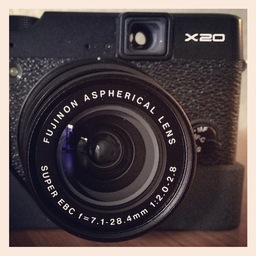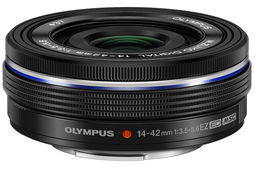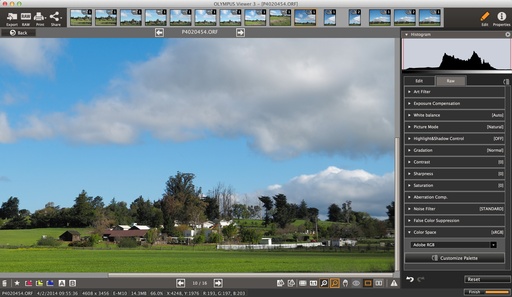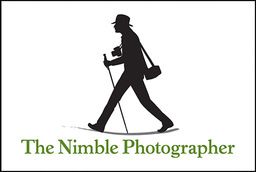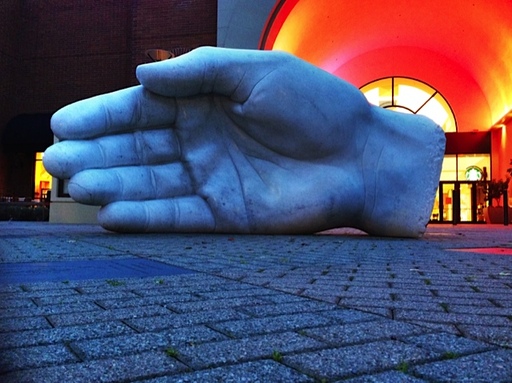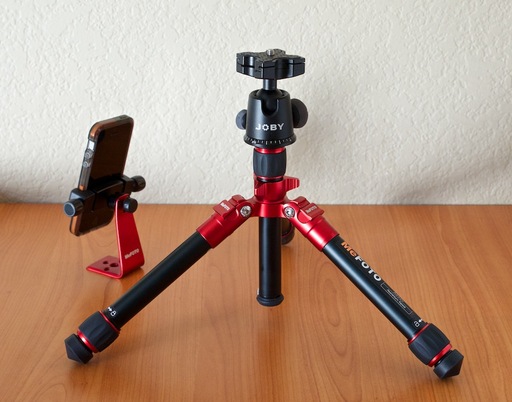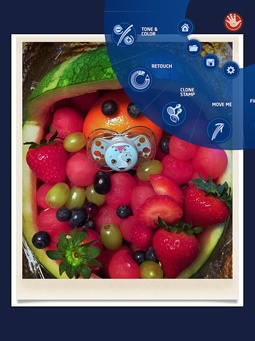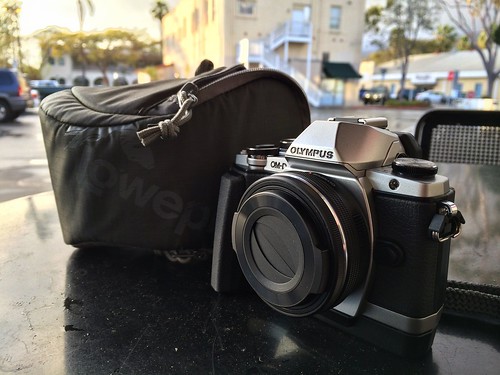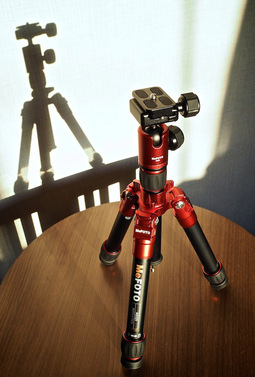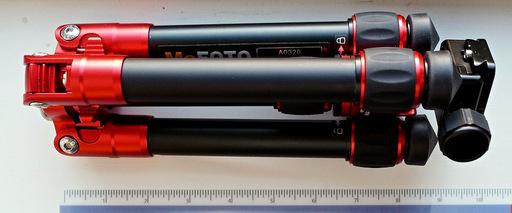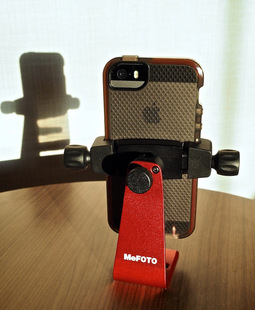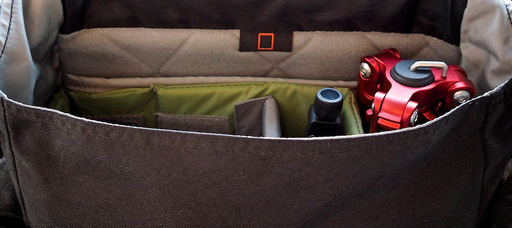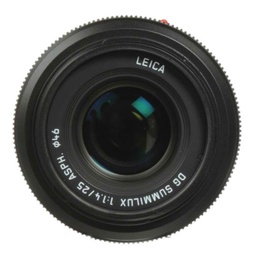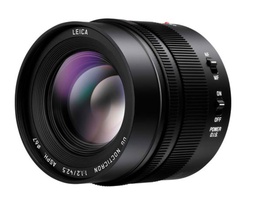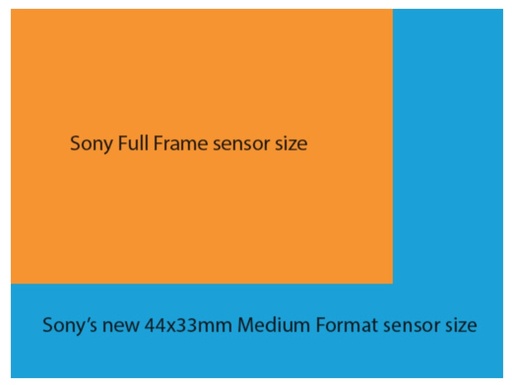This week on The Digital Story photography podcast: The Olympus OM-D E-M10 Camera Review, new Leica 15mm f/1.7 lens for Micro Four Thirds, and Big B&W - All of this and more on today's show with Derrick Story.
Story #1 - The Weekly Update: Samsung NX mini is announced. They write, "If nothing else, the NX mini is another option in a growing category of super-small interchangeable lens cameras. The Pentax Q7 and Panasonic GM1 appear to be the enthusiasts' best options in the field, while the mini joins the Nikon 1 J3 in targeting beginners." (DP Review)
In other news, Kodak is back in the news with the Pixpro S1 micro four thirds camera. (ePHOTOzine).
And finally, We have a tempting new Leica DG Summilux 15mm f/1.7 ASPH to resist. This micro 4/3 optic is equivalent to a 30mm lens on a 35mm camera, and features 9 elements in 7 groups, including 3 aspherical elements. Panasonic's Nano Surface Coating technology is adopted to minimize reflections. Should sell for about $550. (Photography Blog).
Story #2 - The Olympus Olympus OM-D E-M10 Hands On Review ($699 for body only)
I'm testing this little gem with the new Olympus 14-42mm f3.5-5.6 EZ zoom ($349) and the Olympus Lens Cap Auto Open ($39). Highlight features include:
- 16MP Sensor, TruePic VII Processor
- Built-in Wi-Fi, Popup flash
- 3-Axis IS (with auto selection)
- 81 point Fast-AF, 8 FPS
- No anti-aliasing filter
- No weather proofing
- Uses same battery as the PENs, no the other OM-Ds
- No Accessory port
- Optional ECG-1 External Camera Grip available
- Live Composite, 2 HDR modes
and HDR Bracketing, Color Creator, 999-shot
Intervalometer, Time-Lapse Movie, Photo Story, Hand-
Held Starlight Mode, Art Filters
I discuss what how this camera fits into the OM-D family and my shooting experiences with it.
Story #3 - From the Screening Room - Joseph Linaschke: Artist in Action: Joseph Linaschke's Large Scale Black-and-White Photograph. You might know this week's featured artist through his Aperture Expert website and work. But Joseph is also a fan of B&W printing. He combines these passions in this week's Screening Room.
You can watch Joseph take his images from Aperture to the wall by visiting the TDS Screening Room at lynda.com/thedigitalstory. While you're there, you can start your 7 day free trial to watch other photography titles, plus every other topic in the library.
Story #4 - The Nimbleosity Report - My 3-day event coverage with the Urban Reporter 150 and mirrorless cameras.
Virtual Camera Club News
Workshop News: The Sonoma Coast Photography Workshop is scheduled for August 22-24, 2014. And the dates are set for the Fall Color with Safari West Workshop, October 24-26, 2014. You can learn about them both, plus request a reservation form by visiting the TDS Workshops Page and using the "Send Me Info" box.
Lowepro Pro Roller x-200 Giveaway: Follow Derrick_Story on Twitter, TheDigitalStory on Facebook, or DerrickStory on Instagram, then by March 31, 2014, send an email to: derrick@thedigitalstory.com with the Subject line: Roller Giveaway and your name and social network addition in the body of the email. Please include your shipping address.
Photo Assignment for March 2014 is HDR.
If you haven't done so already, please post a review for The Digital Story Podcast in iTunes.
BTW: If you're ordering through B&H or Amazon, please click on the respective ad tile under the Products header in the box half way down the 2nd column on thedigitalstory.com. That helps support the site.
Listen to the Podcast
In addition to subscribing in iTunes, you can also download the podcast file here (32 minutes). You can support this podcast by purchasing the TDS iPhone App for only $2.99 from the Apple App Store.
More Ways to Participate
Want to share photos and talk with other members in our virtual camera club? Check out our Flickr Public Group. And from those images, I choose the TDS Member Photo of the Day.
Podcast Sponsors
lynda.com - Learn lighting, portraiture, Photoshop skills, and more from expert-taught videos at lynda.com/thedigitalstory.
Red River Paper -- Keep up with the world of inkjet printing, and win free paper, by liking Red River Paper on Facebook.
SizzlPix! - High resolution output for your photography. You've never seen your imagery look so good. SizzlPix.com. SizzlPix! now is qualified for PayPal "Bill Me Later," No payments, No interest for up to 6 months, which means, have your SizzlPix! now, and pay nothing until August!
Want to Comment on this Post?
You can share your thoughts at the TDS Facebook page, where I'll post this story for discussion.
